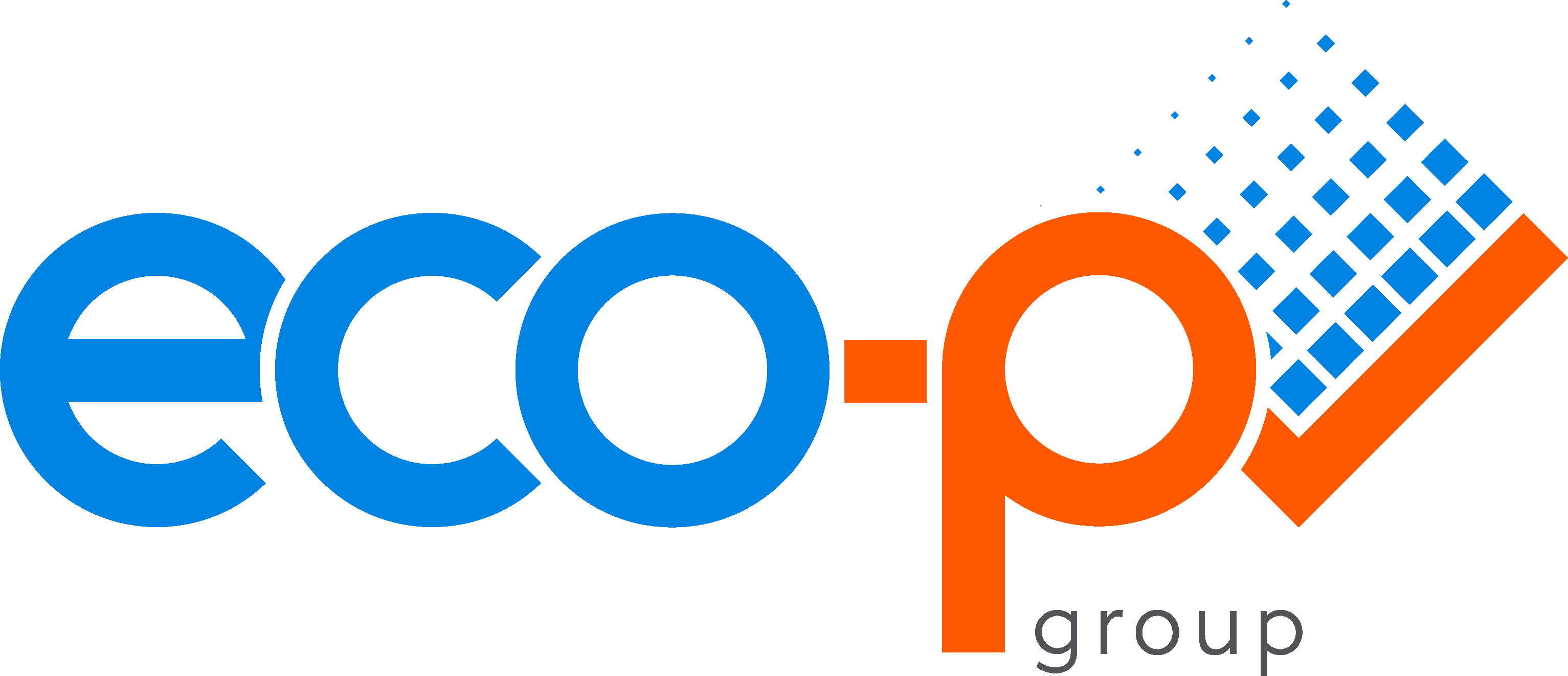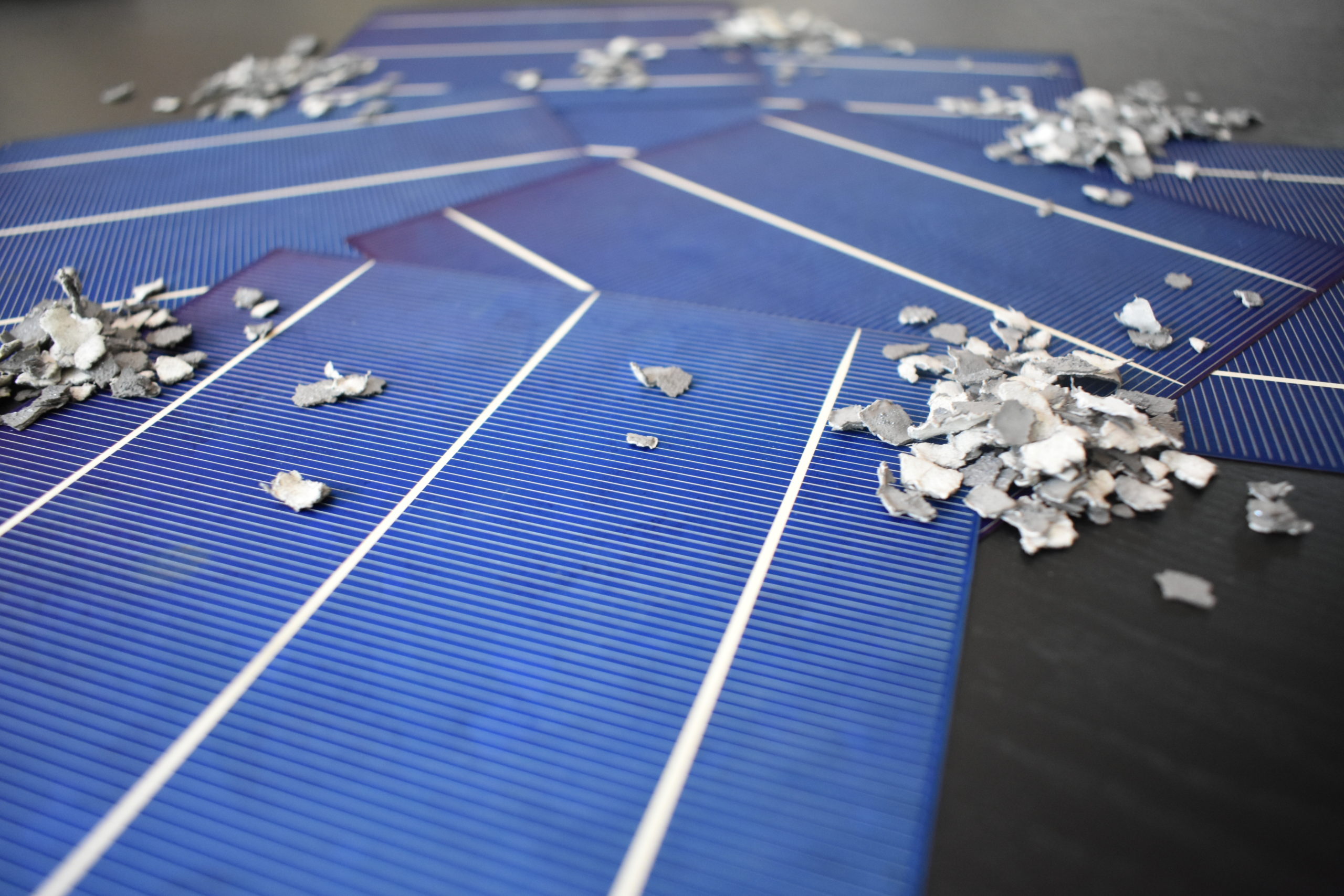REGULATIONS
WEEE
Standards for electrical and electronic equipment
Legislative Decree No. 84/2024, converted with amendments by Law No. 115 of August 8, 2024
Pursuant to the new provisions of the Decree-Law on critical raw materials of strategic interest (which entered into force on August 14th, 2024), the most significant changes regarding the end-of-life management of incentivized photovoltaic panels, as set forth in Article 9-bis, are as follows:
- The removal of any temporal restriction for Responsible Parties wishing to register within a Collective System recognized by the Ministry of the Environment and Energy Security, as an alternative to the retention scheme operated by the Energy Services Manager (GSE);
- Until December 31st, 2024, registration with a Collective System may be carried out at any time. Thereafter, from January 1, 2025, the GSE shall establish two annual time windows, each lasting 60 days, during which it will be possible to communicate the decision to adhere to a Collective System. The procedures for submitting documentation for adherence to Collective Systems are specified in the GSE’s operational guidelines;
- It also provides that, for the purposes of monitoring and controlling the activities of Collective Systems managing photovoltaic panel waste, the competent Ministries (MASE and MIMIT) may avail themselves of the services of the GSE.
Legislative Decree 49/2014
- The main innovations introduced by Legislative Decree 14 March 2014 – n. 49 are developed in these fundamental points:
- the establishment of a national register of parties obliged to finance WEEE management systems (EEE Register);
- compulsory registration of WEEE treatment plants, managed by the WEEE Coordination Center (CDC RAEE);
- the obligation to collect the product free of charge at the end of its life by setting up Collection Points in the area, including remote sales (online, teleshopping, etc.);
- the introduction of free collection of used equipment (of an equivalent type, the so-called one-on-one) in the act of purchasing a new EEE;
- the introduction of one-against-zero, i.e. the possibility for the consumer to deliver small-sized WEEE (up to 50 cm) to points of sale without having to make a purchase;
- the introduction of more challenging collection and recycling targets: by 2019 the Government intended to recover 85% of household WEEE produced in Italy or 65% of all products placed on the national market;
- the inclusion of photovoltaic panels in the WEEE list.
Legislative Decree 49/2014
Article 40 Subsection 3-bis, 3-ter, 3-quater
3-bis. The individual and collective management systems ensure the advertising, also through the dissemination through its website, of information on the value of the contributions referred to in paragraph 3 and the period of their application, differentiated for each equipment listed in the groupings listed in Annex 1 to the Regulation referred to in the Decree of the Minister for the Environment and Protection of Land and Sea of 25 September 2007, n. 185, as replaced by the regulation referred to in the decree of the Minister for the Environment and Energy Security 20 February 2023, n. 40.
3-ter. The information referred to in paragraph 3-bis shall be published and updated by the individual and collective management systems within thirty days of determining the value of the contributions.
3-quater. The collective management systems referred to in paragraph 2, which allocate all or part of the operating surplus from environmental contributions to the reduction of the amounts of the contributions themselves, ensure publicity pursuant to paragraphs 3-bis and 3-ter also of the amounts of the contributions thus determined.
Article 40 Subsection 3 of Legislative Decree 49/2014, with the amendment to Article 4-ter of Decree Law 181/2023
With the new provisions of the Decree Law on energy security entered into force on 8.2.24 indicates that:
- the Manager of Energy Services is entitled to deduct a sum double that paid for membership in consortia or collective systems of management of WEEE recognized by the Ministry of the Environment;
- the GSE closely monitors the number of subscriptions to consortia and collective systems, the amount of panels managed or disposed of, the average costs of joining the consortia and those determined by collective systems;
- the documentation necessary for joining a collective system shall include the list of serial numbers of the installed photovoltaic modules. In case of discrepancies, no sanctions will be applied on incentives;
- each collective system shall be required to register with the National Register and to provide an indication of the responsible parties who have provided the financial guarantee in the Trust of one of the recognised collective schemes.
Ministerial Decree DM 40/23 – n. 40
The Ministerial Decree 20 february 2023, n. 40 specifies:
- methods for collecting and transporting WEEE to the Collection Centers by distributors, installers, and managers of EEE technical assistance Centres;
- creation and management of Collection Centres;
- need to register in the National Register of Environmental Managers for the collection and transport of domestic WEEE.
WPA
Regulations for cells, batteries, and accumulators
Legislative Decree 188/2008 (still in force)
The discipline defined by the Legislative Decree n. 188/2008 transposes in Italy the European Directive 2006/66/CE which extends the concept of Producer Responsibility, which must:
- avoid placing on the market batteries or accumulators (including those incorporated in appliances) containing more than 0.0005% mercury or more than 0.002% cadmium;
- if the Producer is also an EEE Producer, they must design their own equipment containing batteries and accumulators so that they can be easily removed using simple instructions enclosed with the equipment;
- through the appropriate symbol affixed to the device, they must inform the user of the need to dispose of waste batteries and accumulators separately;
- register in the Manufacturers’ Register of batteries and accumulators, reporting the registration number on invoices and delivery notes.
European Regulation 2023/1542
The European Regulation 2023/1542 on batteries and batteries waste, which came into effect on August 18th, 2023, and was transposed into Italian law on February 18th, 2024, has repealed and replaced the previous European Directive on Batteries (2006/66/EC).
Among the key provisions of the Regulation are:
- introduction of targeted requirements to prevent and reduce the negative impacts of batteries on the environment, incorporating a declaration of carbon footprint, goals for recycled content, and parameters for performance and durability;
- implementation of standards to ensure transparency in the end-of-life management of batteries and facilitate their recycling;
- promotion of ethical sourcing of raw materials through the requirement of due diligence policies, subject to third-party verification;
- guarantee of compliance with ethical standards in the production and distribution chain of batteries;
- definition of new targets for collection rates, recycling efficiency, and material recovery to maximize the contribution to environmental sustainability.
Environmental Contribution – Transparency Statement
In line with the principles of transparency and with the aim of providing clear and comprehensive information, Eco-PV is publishing the new 2025 price list for the environmental contribution on batteries and accumulators.
Through Eco-PV Battery, an entity accredited by the National Coordination Center for Batteries and Accumulators (CdC NPA), we ensure the proper end-of-life management of products placed on the market, in full compliance with regulatory obligations and with a constant commitment to operational efficiency, environmental sustainability, and shared responsibility.

